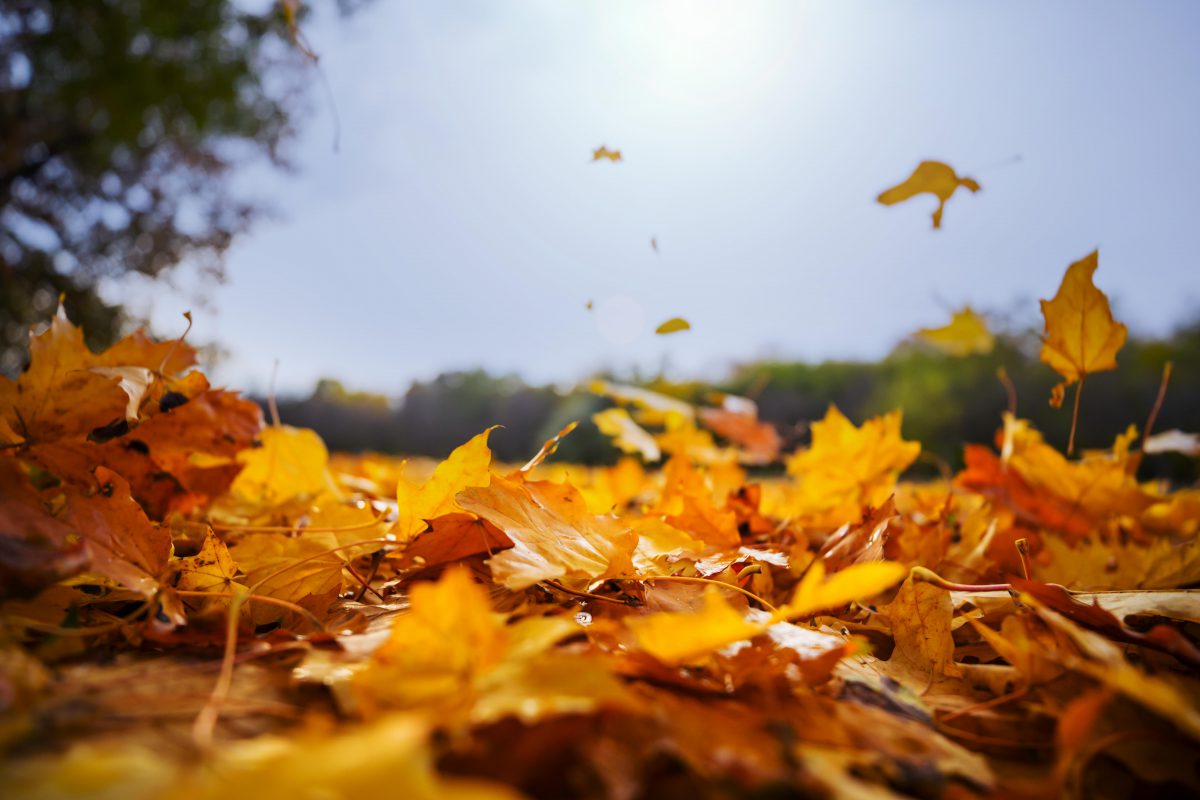With Fall in full swing, leaves are everywhere! While the seasonal scenery is beautiful, trees can cause serious damage to your roof and other parts of your home. This is not something many people think about until it is too late. Unpredictable Fall and Winter weather and neglect can lead to major and costly repairs.
Here are 3 ways that trees can damage your roof.
1. Overhanging Branches
Branches and limbs can easily break under the weight of snow or high winds. Larger limbs can break or put holes in your roof, while smaller branches often rip off shingles as they fall to the ground, leaving your roof susceptible to the elements and creating leaks.
Make sure your house is clear of any overhanging branches. As a general rule, you should have about a 10-foot radius around your house that’s clear of any branches. You should also check if any trees in your yard show signs of decay or rot as those are more likely to break.
2. Leaves and Needles
It’s also important to clean leaves and pine needles off your roof. While you may have to wait until most of the leaves have fallen, if you can get those leaves and any other debris off the roof before it snows, you’ll be in good shape. When leaves and needles pile up on the roof, they can trap moisture. This trapped moisture can then seep into your shingles, and eventually your wooden support beams, creating warping as well as potential leaks and rotting.
3. Falling Trees
The most destructive issue when it comes to roofs are fallen trees. Even if they’re just medium or small-sized trees, they can still fall right through the roof of your home, causing major damage that can take awhile to repair. It’s a good idea to check out the trees around your home at least once a year to make sure they’re still living and don’t have any rotting or dying parts. If you do suspect that one of your trees is older, and perhaps not as stable as it used to be, you should consider calling a local tree-cutter who can safely take it down and haul it away for you. Cutting down a tree can be a difficult decision for a variety of factors, it is important for the health of your roof that you take down any trees that pose a threat to your home.
[/et_pb_text][/et_pb_column][/et_pb_row][/et_pb_section]
